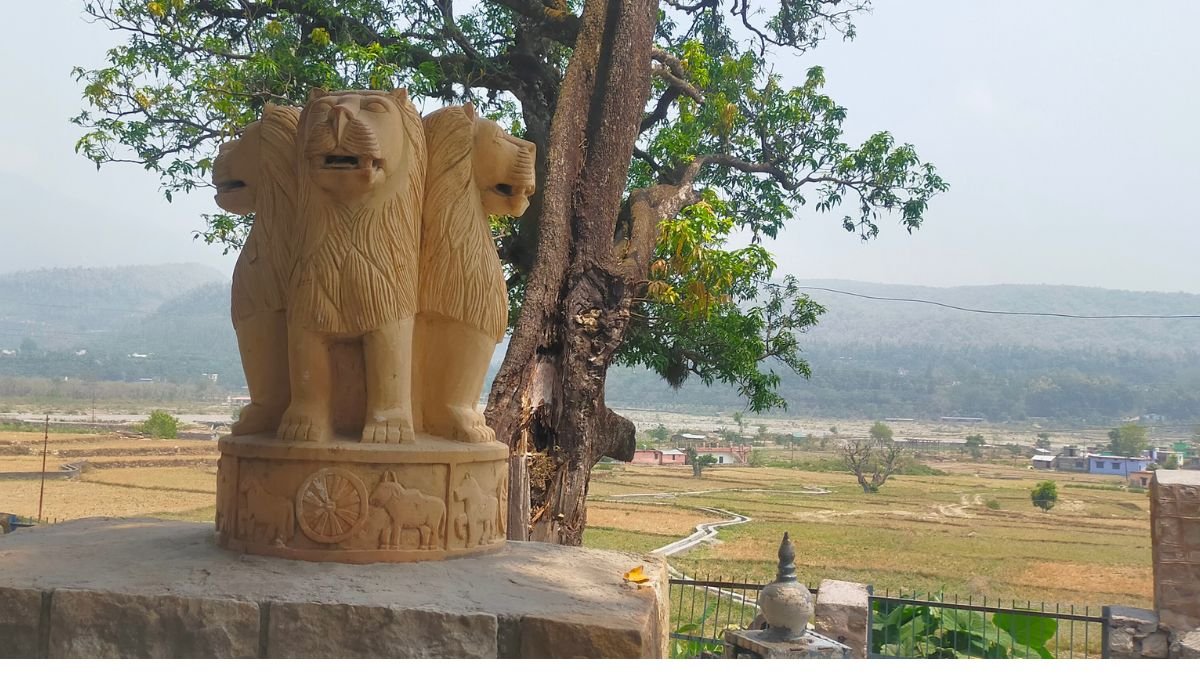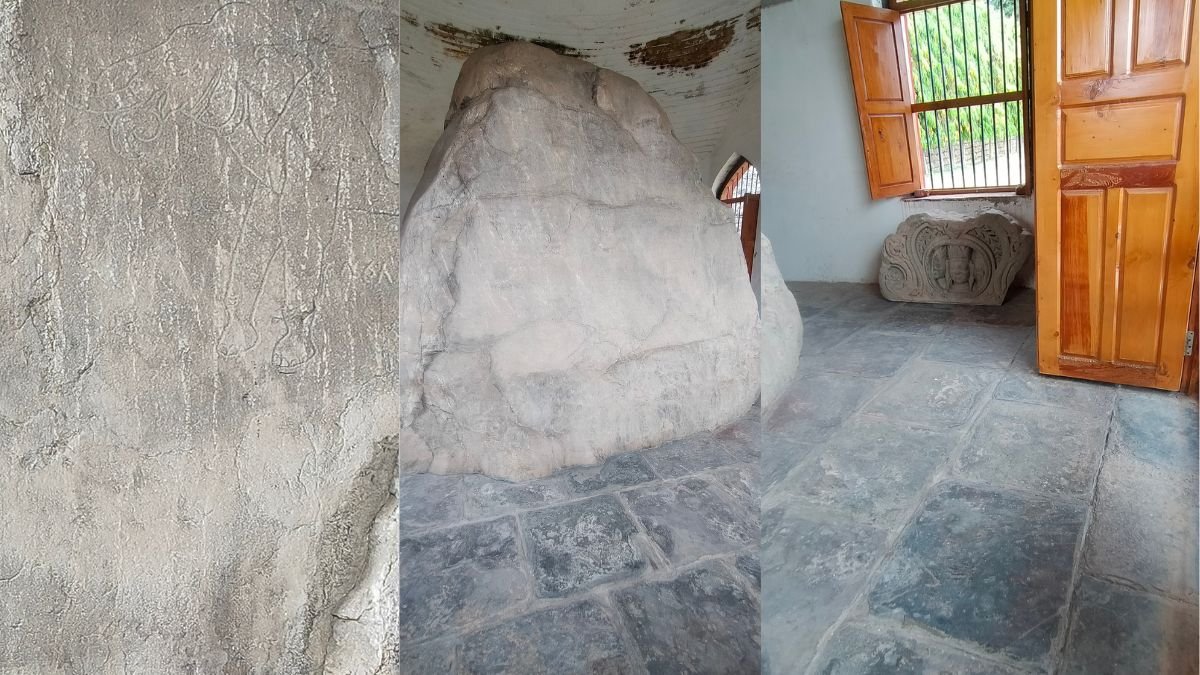Ashoka the Great, the third ruler of the Maurya dynasty, got his edicts written on the rocks and pillars of Pattar, which are still present today, for the purpose of reaching Jata. If you look at them, you wonder how these stones would have been brought. These inscriptions also determine the extent of his empire. This time if you are planning to travel and want to go to Dehradun, then definitely go to see Ashoka’s inscription present in Kalsi.

Though it is a small historical place and you will not find any crowd here, but you can spend some time here to relive the history that we read only in books. Let us see the features of the Kalsi inscription and its historical significance.
History of Kalsi Rock Inscription
Ashoka the Great (273 BC – 232 BC), the third Mauryan emperor of the Mauryan Empire of ancient Magadha (present-day Bihar), India, got his fourteen state policies (Edicts) engraved on this inscription, which was discovered by John Forrest in 1860. This inscription is engraved in Prakrit and script Brahmi, the popular language of that time.

Edicts engraved on the Kalsi Rock Edict
Emperor Ashoka engraved his fourteen edicts on this inscription. In these edicts, moral and humanitarian principles have been engraved on the inscription to reach the public, such as killing animals has been prohibited, hospitals for the welfare of the public, digging wells, planting trees along the roads, propagating Buddhism, and caring for the elderly, Respecting parents and teachers, tolerance and kindness towards animals and birds, etc. have been instructed to propagate the highest human values. It is very important that the five Yavana kings are also mentioned at the end of the article.
In this article, Ashoka declares that I have facilitated medical arrangements for humans and animals at every place in the state and urged people to renounce violence and follow non-violence.

Where is Kalsi and how to get there
The Kalsi inscription is located in the Kalsi block on the banks of the Yamuna and Tons rivers, about 50 km away from the Uttarakhand state capital, Dehradun, on the Chakrata Highway, and is a historical site protected by the Archaeological Survey of India. Although this Tons river flows only during the rainy season and remains dry most of the time. Seeing the place where this inscription is, it can be easily guessed that this stone must have been brought from a nearby mountain.
In the Kalsi inscription, the residents of this place have been called Pulind, and this area is Aparant. This article is on the confluence of the Yamuna and Tons Rivers. Although at first glance you will see it as a normal stone. But if you look closely, you will see the words engraved as the stone has tarnished over time.
Let us tell you that the ancient name of Kalsi was Sudhanagar and Kalkoot. Kalkut was the capital of the Kunindas in ancient times.

Ashoka was a follower of which religion
After the Kalinga War (261 BC), Ashoka was deeply saddened and vowed not to fight another war in his life. The bloodshed and violence of that war, in which about one lakh people were killed, about one and a half million people were enslaved and many people were injured. Seeing all this, hatred for war had arisen in his heart.
Later he became a follower of Buddhism. In the Kalsi inscription, he got the figure of an elephant engraved (on the right side of the inscription) below which the word ‘Gajatme’ is inscribed. This elephant is shown descending from the sky, which in this form gives the impression of the arrival of Lord Buddha in the womb of the mother (Mahamaya). In the Dhauli [Kalinga] inscription of Ashoka, the shape of an elephant is also engraved, which indicates that he was a follower of Buddhism.
Conclusion
Although the Kalsi inscription is a small historical site, its importance is very great. This inscription will take you straight back thousands of years to BC. This inscription determines the extent of Ashoka’s empire expansion and his policies. So this time if you are going to Chakrata from Dehradun, then you must visit this place.
Related Post:-
Biography of Ashoka the Great: Birth, Tenure, Religion, Empire, Conquest, and Fall
Chandragupta Maurya History in English
Mahatma Buddha and the Eightfold Path
When was gautama buddha born and died
Biography and History of Chandragupta I 2022
Describe the main sources of knowing the history of ancient India